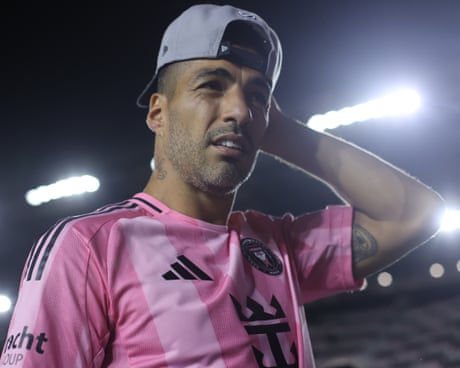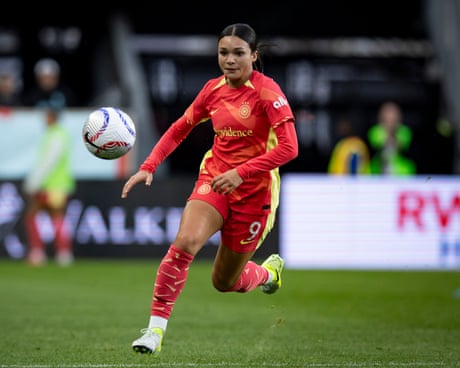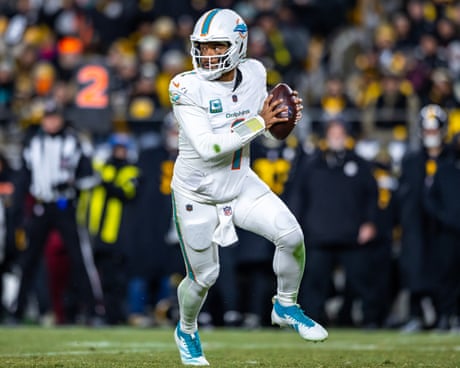
TORONTO – Few people, if any, have watched as many Toronto Blue Jays games as Paul Beeston, the club’s first-ever employee, eventual president and CEO and now its president emeritus.
From Doug Ault’s two homers on a snowy inaugural day, to George Bell kneeling in the outfield after catching the final out of the team’s first American League East clincher, to Joe Carter ending one World Series with the ball in his glove and the next with a swing of his bat, to Jose Bautista’s bat flip and Edwin Encarnacion’s wild-card walk-off, he was there, making him uniquely suited to put the team’s Rogers Centre return Friday night into a wider context.
“I don’t think it’s 1977 all over again, but it’s got that feel to it,” Beeston said in the leadup to the highly anticipated meeting with the Kansas City Royals. “Our team has been on the road in another city – in other cities – and it’s back, baseball’s back.
“I find this to be like one of the more exciting opening days that we will experience because it’s kind of a statement, not only for the city, but for the province, country that we’re actually back and officially open for business. It’s got a chance to be a real adrenaline mover.”
Of that there’s little doubt and the 670-day gap between an 8-3 victory over the Tampa Bay Rays on Sept. 29, 2019, initially memorable only for the emotional goodbye to Justin Smoak, and Friday’s homecoming is the longest such absence in big-league history.
While two other teams – the Cleveland Naps and Detroit Tigers, both in 1903 – also played home games in three different cities in the same season, only the Blue Jays did it across three different states/provinces and two countries. That doesn’t include the Aug. 10 makeup game they’ll play against the Los Angeles Angels as the home team in Anaheim, Calif., and playing as the host while visiting the opponent’s stadium is something they were also forced to do last year in Washington and Philadelphia.
No other team has experienced a similar extended displacement during the pandemic, and while the Blue Jays’ hardships pale in comparison to the widespread suffering caused by COVID-19, their return carries a wider significance for a country cautiously emerging from lockdown.
Even at reduced capacity, with masks mandatory, summer at the ballpark is a symbol of restored normalcy. From that perspective, only one other home game in franchise history carried similar connotations, a 6-5 walk-off win over the Royals on April 25, 2003, when a crowd of 16,417 defiantly thumbed its nose at the World Health Organization’s warning against travel to the city due to a Severe Acute Respiratory Syndrome, or SARS, outbreak.
“After basically two years of not playing here it’s going to be really, really exciting for the fans, just being there,” said Beeston. “It’s too bad it won’t be full because I think it would be full if it was allowed. Nevertheless, with 15,000 people making the noise of 45,000 people, and baseball being back here and the young talent that we have, I think it’s got a chance to really recharge everybody.”
That Friday also coincides with the 4 p.m. ET trade deadline only adds to the anticipation, creating even more potential to hypercharge the atmosphere.
The current iteration of the Blue Jays, with a run-differential suggesting the team is much better than its 51-48 record, is similar in that respect to the 2015 club that similarly underachieved until former GM Alex Anthopoulos patched a series of deficiencies at the deadline. Troy Tulowitzki was the first addition and his debut that July 29 before a crowd of 27,060 was as electric as any regular-season game in recent memory, with a euphoric vibe that better times had arrived.
Layer that atop the Blue Jays finally playing a true home game at a real big-league stadium and cooped up fans getting to see live baseball for the first time since 2019 and there could be a similar perfect storm.
“The situation has that feel to it, too,” said Beeston. “Remember back then (in 2015), we were 50-51. But we’re going to have to get on a roll (for a similar outcome). It can’t be the roller-coaster. We’re going to have to get on a roll. But I would say this team is must-watch TV – you’ve got to watch to the end because you never know what’s going to happen.”
The Blue Jays began that day with playoff odds of 7.3 per cent to win the division and 28.6 per cent to win a wild card, according to FanGraphs. On Friday morning, they stood at 2.5 per cent and 23.5 per cent.
A 43-18 finish in 2015 was needed for the Blue Jays to end their two-decade playoff drought and as rare as stretches like that are, how often does a major-league team call Dunedin, Fla., Buffalo, N.Y., and Toronto home in the span of four months?
The return home won’t immediately solve a litany of problems facing the club, from roster issues manifesting themselves on the field to operating a business of mass gatherings among the unsteadiness of an ongoing pandemic.
To gain the National Interest Exemption from the federal government allowing them to come home, the Blue Jays had to commit to a track plan in which vaccinated players are treated like any vaccinated arriving traveller while those unvaccinated are limited to the ballpark and their hotel/place of residence.
Their seating capacity is divided into socially distanced and regular sections and, without a vaccine mandate for entry, at least a few season-ticket subscribers opted for refunds rather than taking the potential risk of sitting near unvaccinated fans.
That’s a societal question as much as it is a Blue Jays one since health officials didn’t make it part of their protocol, and leadership on the issue needs to come from the government rather than asking that organizations operate in a piecemeal fashion.
But amid thorny questions such as those, the lurking threat of COVID-19’s highly contagious Delta variant, the physical and mental health issues people across the organization, just like the general population, have experienced or are experiencing, there is much work to be done.
All of it, though, is in service of baseball, and shared experiences in large groups returning to the community. So much has changed since the Blue Jays were last here and while the team has certainly transformed, the experience will be both weirdly different and comfortably familiar.
“Back in 1977, we were celebrating baseball and the team was a lot of young guys that people never heard of,” said Beeston. “This is a team that everybody’s followed for a year and a half and watched the maturation of Bo Bichette and Vladdy Guerrero Jr., and to a certain extent Cavan Biggio and all the kids that are coming along. The last time we saw Teoscar Hernandez, he was a different player. Lourdes Gurriel Jr., was a different player. It’s completely different. And then you add Marcus Semien and the excitement of having a guy like George Springer. This is a good team to watch. Frustrating! But a good team to watch. All we need to do is get on a roll – who knows what can happen?”
Who knows, indeed. At least the Blue Jays will answer that question back home in Toronto, where they belong.





